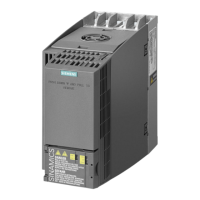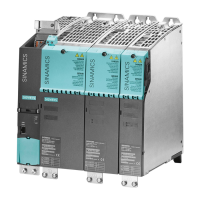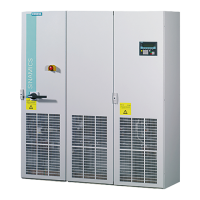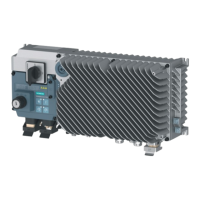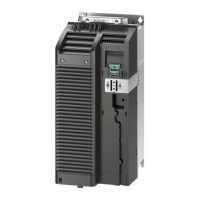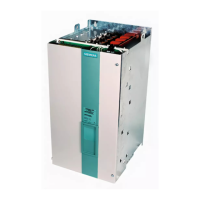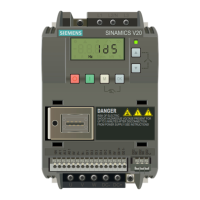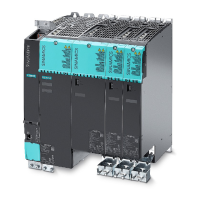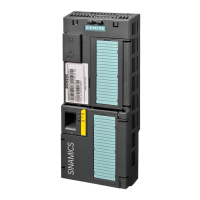Vector control
5.13 Motor data identification and rotating measurement
Drive functions
Function Manual, 11/2017, 6SL3097-4AB00-0BP5
249
Motor data identification and rotating measurement
5.13.1
There are two motor data identification options which are based on each other:
● Motor data identification (Page 251) with p1910 (standstill measurement)
For measurement of the motor equivalent circuit diagram parameters (obligatory for
operation with vector control).
● Rotating measurement (Page 254) with p1960
To improve the torque accuracy and to optimize the speed control. This should be
performed only after a motor data identification.
Note
If there is a motor brake, it must be open for the rotating measurement (p1215 = 2).
For synchronous motors, the motor brake must also be open for the standstill measurement
so that the motor can orient i
tself.
The two motor data identifications can be selected more easily via p1900.
● p1900 = 2
Activates the standstill measurement (motor not rotating).
● p1900 = 1
Additionally activates the rotating measurement. p1910 is set to = 1, and p1960 is set
depending on the actual control mode (p1300).
The rotating measurement can also be activated subsequently using p1900 = 3.
If a synchronous motor is being used (p0300 = 2), then with p1900 > 0, the encoder
adjustment (p1990 = 1) is automatically activated. The procedure used can be set in p1980.
For the selection p1900 = 1, 3, the parameter p1960 is set depending on p1300:
● p1960 = 1, when p1300 = 20 or 22 (without encoder)
● p1960 = 2, when p1300 = 21 or 23 (with encoder)

